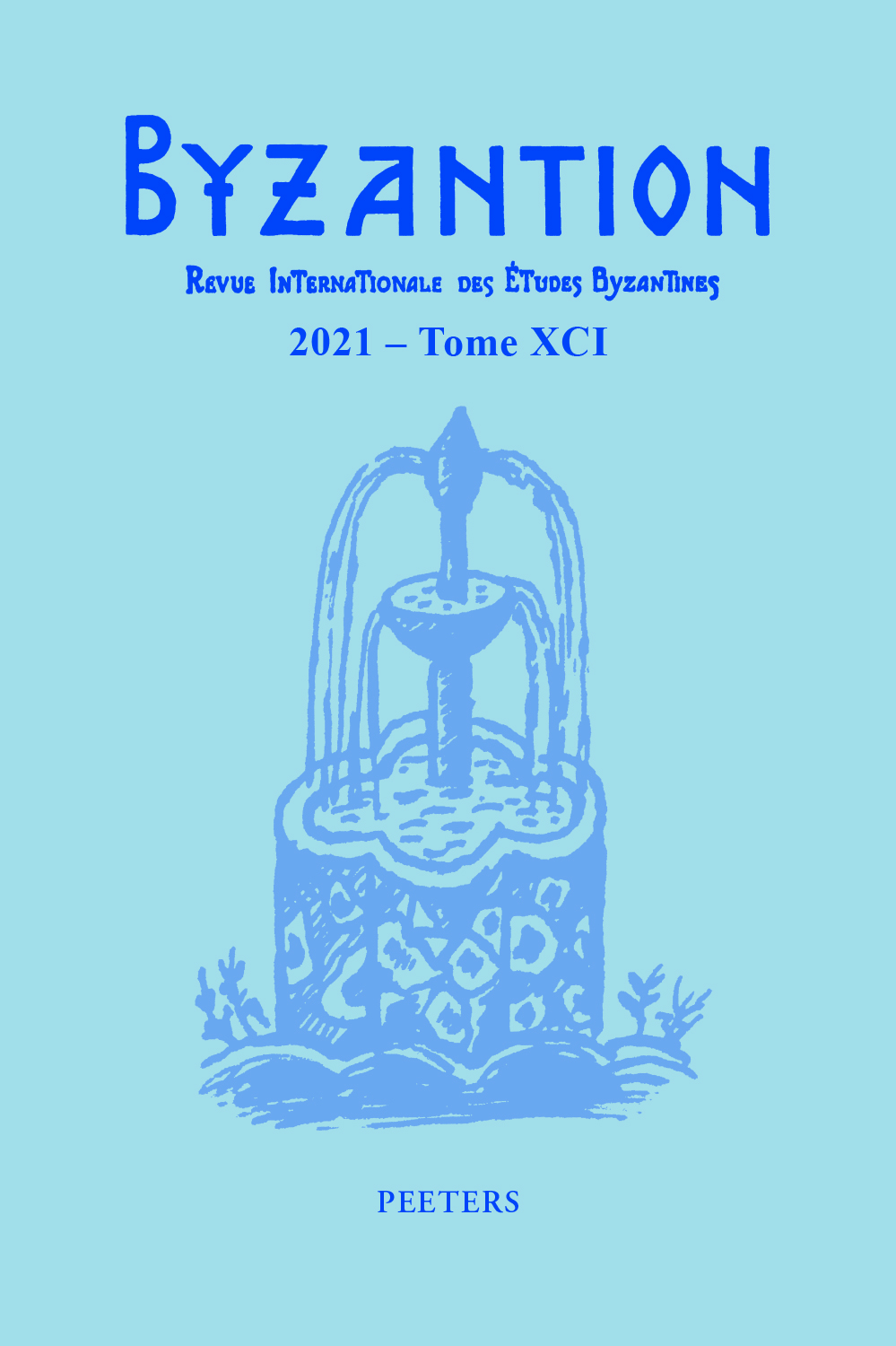 previous article in this issue previous article in this issue | next article in this issue  |

Preview first page |
Document Details : Title: The Byzantine Olive Oil Press Industry Subtitle: Organization, Technology, Pricing Strategies Author(s): MANIATIS, George C. Journal: Byzantion Volume: 82 Date: 2012 Pages: 259-277 DOI: 10.2143/BYZ.82.0.2174090 Abstract : This article examines the organization, location, technology employed, and the price-setting strategies entertained by the olive oil mill industry in Byzantium. The methods and mechanical devices employed in the process of decorticating the olives, extraction of the oil from the pulp, and its refinement are analyzed in depth. Particular emphasis is placed on the challenges and the attendant price-setting calculus the oil press industry faced as a capital-intensive, seasonal, and topography bound activity. In monopolistic situations, the oil millers’ situational monopoly was nominal compelling them to seek satisfactory rather than maximum profits, albeit likely above normal levels. In oligopolistic situations, the limited number of suppliers of the service, mutually recognized interdependence, the unpredictable outcome of confrontational pricing tactics and the ensuing costly cutthroat competition, and the fragility and illegality of collusive arrangements would tend to produce uniform and rather stable fees, albeit at levels possibly allowing for some excess profits. The state did not interfere with the oil miller’s pricing policies, appreciating the impracticality of such interventions and preferring to relegate the task to the operative market forces and the price mechanism. |
|


